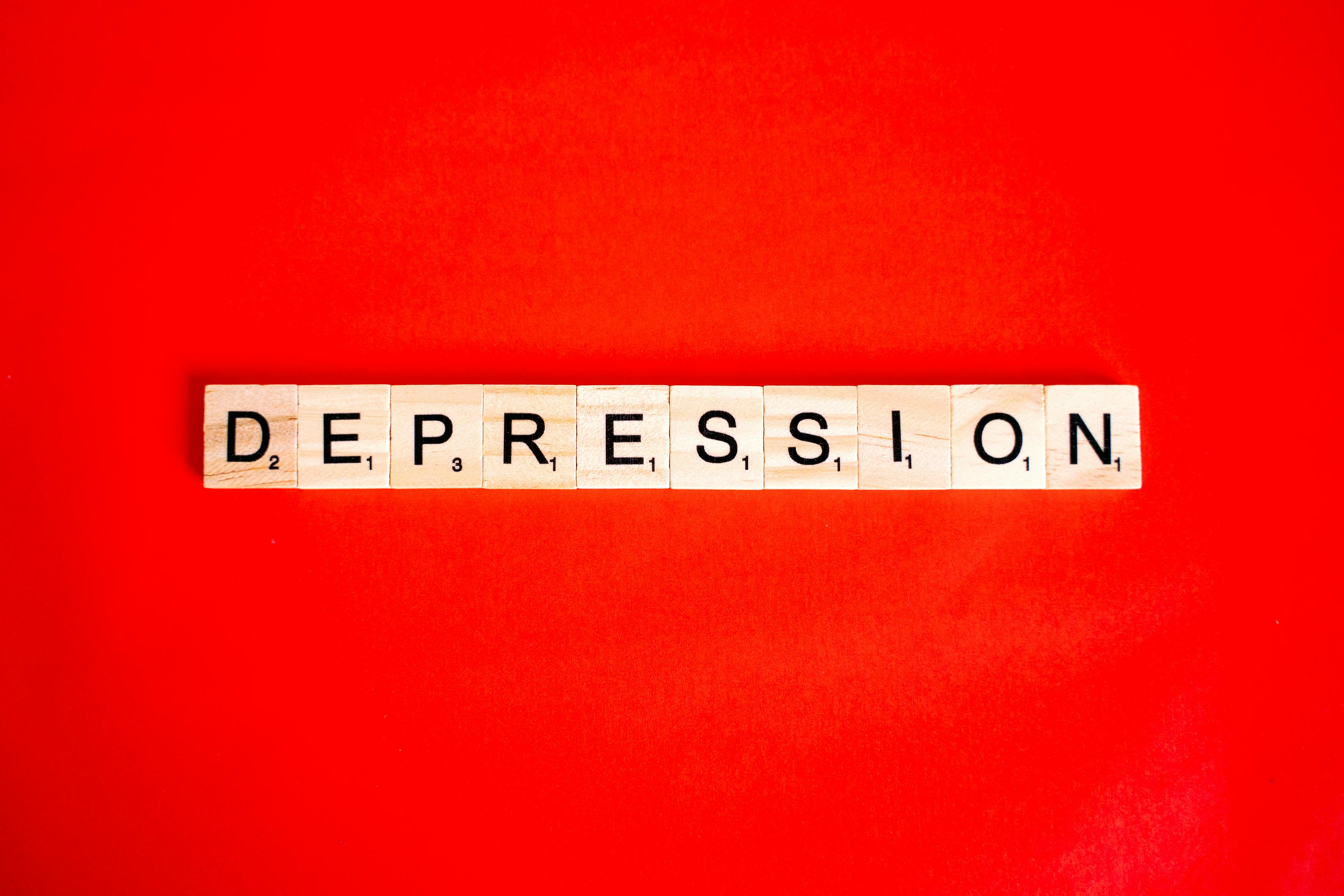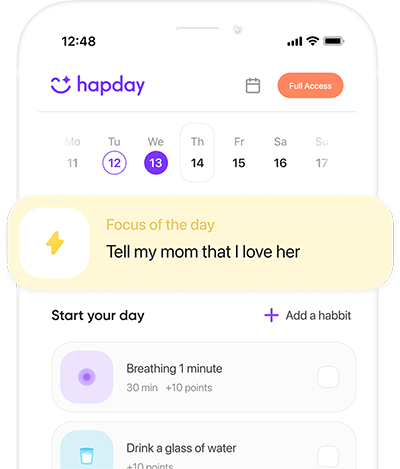Table of Contents
- A Look at Childhood Trauma
- How Trauma Messes with the Brain
- Long-Term Healing Strategies
- 1. Therapy Might Be Your Best Friend
- 2. Lean on Your People
- 3. Mindfulness… It’s a Thing
- 4. Working It Out
- 5. Unleash Your Inner Artist
- The Art of Building Resilience
- Give Yourself a Break: Self-Compassion
- Navigating the Bumps on the Healing Road
- Wrapping Things Up
Childhood trauma—it can follow you like a shadow you can’t shake off. And honestly, it’s no surprise. The impact of such early experiences is profound, affecting mental health, relationships, and how we grow as people. So, here’s the truth: healing? It’s a journey, not a quick pit stop. You need patience, kindness towards yourself, and a game plan grounded in science to really navigate through it.
A Look at Childhood Trauma
Let’s talk about trauma in young years. It usually comes from a dark place—think abuse, neglect, or maybe seeing violence at home. The National Child Traumatic Stress Network says, over two-thirds—yeah, two-thirds!—of kids have had at least one traumatic event by 16. Such experiences have a knack for leading to things like anxiety, depression, and even PTSD, not just short-term but down the line too.
How Trauma Messes with the Brain
Research shows trauma can literally change your brain (no kidding). There was this eye-opening study in the Journal of the American Academy of Child & Adolescent Psychiatry: they found that trauma impacts parts of the brain involved with emotions and memories—the amygdala and the hippocampus, to be precise. Such changes spell trouble when it comes to dealing with stress and memory later on. Addressing it sooner rather than later? It’s massive.
Long-Term Healing Strategies
1. Therapy Might Be Your Best Friend
Finding a mental health pro can set the stage for healing. Therapies like CBT (Cognitive Behavioral Therapy) and EMDR (Eye Movement Desensitization and Reprocessing)—try saying that three times fast—have proven benefits for trauma. Psychological Medicine did a whole meta-analysis showing CBT cuts down PTSD symptoms big time. Meanwhile, EMDR is on the American Psychological Association’s list as a champ for trauma.
2. Lean on Your People
You know what? A strong support system can work wonders. Researchers say quality relationships can really blunt trauma’s sting. A famous Harvard study about adult development even pins happiness and emotional wellness on meaningful bonds. Getting involved with support groups—or just hanging with trusted pals—offers loads of emotional comfort and understanding.
3. Mindfulness… It’s a Thing
Practices that foster mindfulness help in swatting away trauma-related stress. Johns Hopkins University waves the flag for mindfulness meditation, showing it can cut down anxiety and depression, common bedfellows of trauma survivors. By being all present in the moment and not judging your thoughts, mindfulness helps you find some peace.
4. Working It Out
Exercise ain’t just good for the body—it’s a balm for the mind. There’s this research piece in Frontiers in Psychology saying physical activity can tone down PTSD symptoms by regulating stress and anxiety in the brain. Whether it’s yoga, hitting the pavement, or going all-out dancing like nobody’s watching, it can melt away pent-up tension.
5. Unleash Your Inner Artist
Here’s a lesser-known secret—art can heal. The American Art Therapy Association talks about how creating art lets trauma survivors dig into complex emotions, offering a sense of control. Whether it’s painting your heart out, writing your soul onto paper, or losing yourself in music, art is your non-verbal voice.
The Art of Building Resilience
Resilience—some say you’re born with it, but newsflash: it’s something you can build. Think of it as a skill—by focusing on the positives, learning from what life throws at you, and keeping that hopeful outlook alive. The American Psychological Association shares that resilience grows when you play to your strengths, set real-deal goals, and find purpose in challenges.
Give Yourself a Break: Self-Compassion
Treating yourself with kindness during rough patches—self-compassion is like a balm. According to Clinical Psychology Review, self-compassion can buffer trauma’s blows by easing anxiety and depression. It nudges emotional resilience and nurtures psychological health.
Navigating the Bumps on the Healing Road
Healing from past trauma—the rocky road isn’t free from setbacks. But it’s all par for the course. When the going gets tough, patience and persistence hold the fort. Establish a routine, aim for small wins, and hey, a little self-congratulation for progress? More than deserved.
Rearranging the Mental Furniture
With CBT’s cognitive restructuring, it’s about rethinking those negative cycles. The Journal of Counseling Psychology supports this technique, saying it helps reduce trauma symptoms by endorsing healthier thought patterns. Changing your thinking can really balance your perspective.
When It’s Time to Call in the Pros
Sometimes, the situation calls for professional backup. Mental health experts craft personalized strategies tailored to unique experiences. It’s crucial to seek that help if trauma symptoms start being more than just bumps in the road.
Wrapping Things Up
The path to healing from childhood trauma may be winding, but it’s also doable. By embracing strategies involving therapy, solid relationships, mindfulness, and resilience-building, people can conquer the ghost of past traumas. Remember, healing unfolds at its own rhythm. Embrace patience and self-kindness as you journey towards recovery.
To help light up your path, why not check out the Hapday app for a tailored mix of mental wellness? Start here and see where it takes you.

